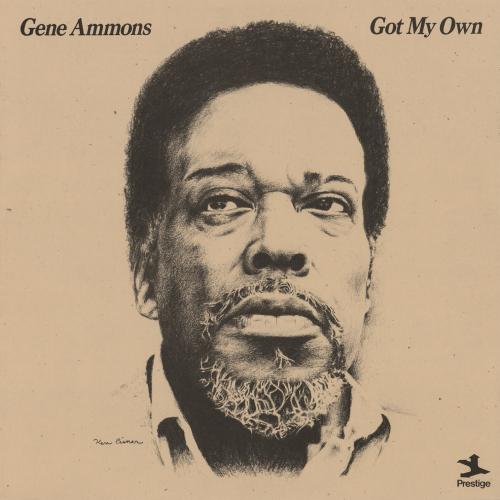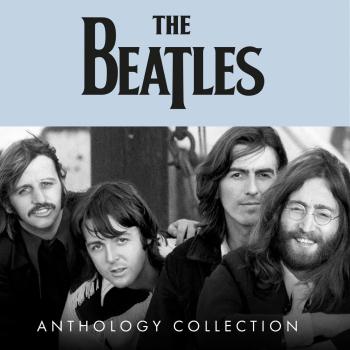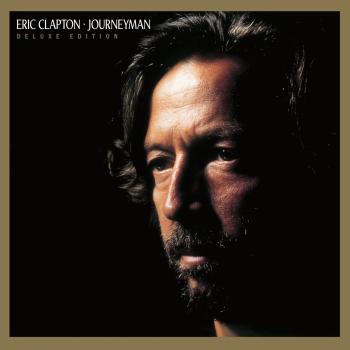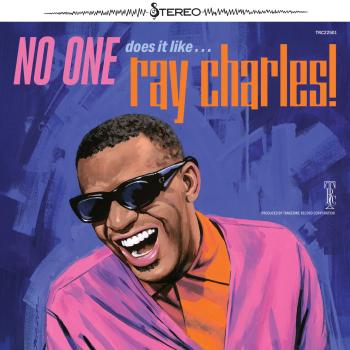
Got My Own (Remastered 2023) Gene Ammons
Album Info
Album Veröffentlichung:
1972
HRA-Veröffentlichung:
13.10.2023
Das Album enthält Albumcover
Entschuldigen Sie bitte!
Sehr geehrter HIGHRESAUDIO Besucher,
leider kann das Album zurzeit aufgrund von Länder- und Lizenzbeschränkungen nicht gekauft werden oder uns liegt der offizielle Veröffentlichungstermin für Ihr Land noch nicht vor. Wir aktualisieren unsere Veröffentlichungstermine ein- bis zweimal die Woche. Bitte schauen Sie ab und zu mal wieder rein.
Wir empfehlen Ihnen das Album auf Ihre Merkliste zu setzen.
Wir bedanken uns für Ihr Verständnis und Ihre Geduld.
Ihr, HIGHRESAUDIO
- 1 Lady Sings The Blues (Remastered 2023) 05:30
- 2 God Bless The Child (Remastered 2023) 04:07
- 3 Strange Fruit (Remastered 2023) 03:36
- 4 Fine And Mellow (Remastered 2023) 05:03
- 5 Play Me (Remastered 2023) 06:03
- 6 Ben (Remastered 2023) 05:33
- 7 Tin Shack Out Back (Remastered 2023) 07:49
Info zu Got My Own (Remastered 2023)
Experience jazz at its vintage best! Got My Own is an album by American saxophonist Gene Ammons recorded in 1972 and released on the Prestige label.
A more laidback set than usual from Ammons' early 70s stretch on Prestige -- but a record that nicely gets back to that big-toned tenor sound he used often on ballads from earlier years! The combo mixes both electric piano and organ -- the former from Hank Jones, the latter from Ernie Hayes -- and drums are mostly by Idris Muhammad, but in a style that's a bit more roundly open and soul-based than some of his funkier jams. But there's still a nice groove to many numbers -- a gentler one, with a sly undercurrent of soul -- even on a few that feature fuller strings arranged by Ed Bogas. Titles include "God Bless The Child", "Strange Fruit", "Fine & Mellow", "Lady Sings The Blues", "Play Me", "Tin Shack Out Back", and "Ben".
Gene Ammons, tenor saxophone
Ernie Hayes, organ (tracks 1, 4, 5 & 7)
Hank Jones, electric piano (tracks 1 & 3-6)
Sonny Phillips, piano, organ (tracks 2 & 7)
Joe Beck, guitar (tracks 1, 4, 5 & 6)
Maynard Parker, guitar (tracks 2 & 7)
Ron Carter, bass, electric bass
Billy Cobham, drums (tracks 2 & 7)
Idris Muhammad, drums (tracks 1, 5 & 6)
Mickey Roker, drums (tracks 3 & 4)
Recorded October 28 & 30 and November 1, 1972 at Van Gelder Studio, Englewood Cliffs, New Jersey
Produced by Ozzie Cadena
Digitally remastered
Gene Ammons
enjoyed two stretches of popularity and commerciality in his career, justice having finally graced him and his talent after so many years of punishment in the last half of the Sixties.
He was one of those many musicians who found out about heroin the hard way, and after he had become addicted there was the additional punishment of a 10-to-12-year prison stretch, courtesy of the State of Illinois, to endure.
He was released in 1969 after serving seven years, and although there was the gratification of having an audience still waiting for him after all that time, there was still the frustration of being barred from making professional appearances in Manhattan jazz clubs for several months—a throwback to the iniquitous cabaret card system which had supposedly been disbanded.
Ammons was born in Chicago in 1925, the son of famed boogie-woogie piano stylist Alert Ammons. At the ago of 18, Gene went out on the road with the Chicago trumpet player King Kolax, but it was the gig in Billy Eckstine’s band from 1944-1947 that gave his name and reputation nationwide exposure.
He then replaced Stan Getz in the Woody Herman Herd in 1949, only to leave and form his own group with saxophonist Sonny Stitt a year later, the front line characterized by amiable blowing battles between the two. Of this formation Down Beat editor Don DeMicheal was to comment: “Ammons seems especially vigorous when he’s teamed with Stitt. The musical exchanges between the two most often took the form of a good-natured blowtorch duel.”
For the remainder of the 1950s, Gene led his own group, based as ever in Chicago and traveling to New York to record for Prestige. While at times his style showed the influence of Lester Young and at other times, when he delved into R&B, the more guttural influence of Coleman Hawkins, in his tone and timbre Gene became his own man, easily distinguishable within a few measures of whatever tune he chose to explore.
His music throughout his career drew from elements of R&B and the soul music that had exploded in his absence from the scene. But his recordings after his incarceration readily indicated that he was not passed by in the contemporary progression of popular black music.
And while he occasionally availed himself of the opportunity to “live better electrically” by employing the varitone device, his ebullience in performance and adherence to the simple melodic and rhythmic roots of his music—those factors which set the body in motion— won him many new friends.
Gene Ammons died on August 6, 1974.
Dieses Album enthält kein Booklet












